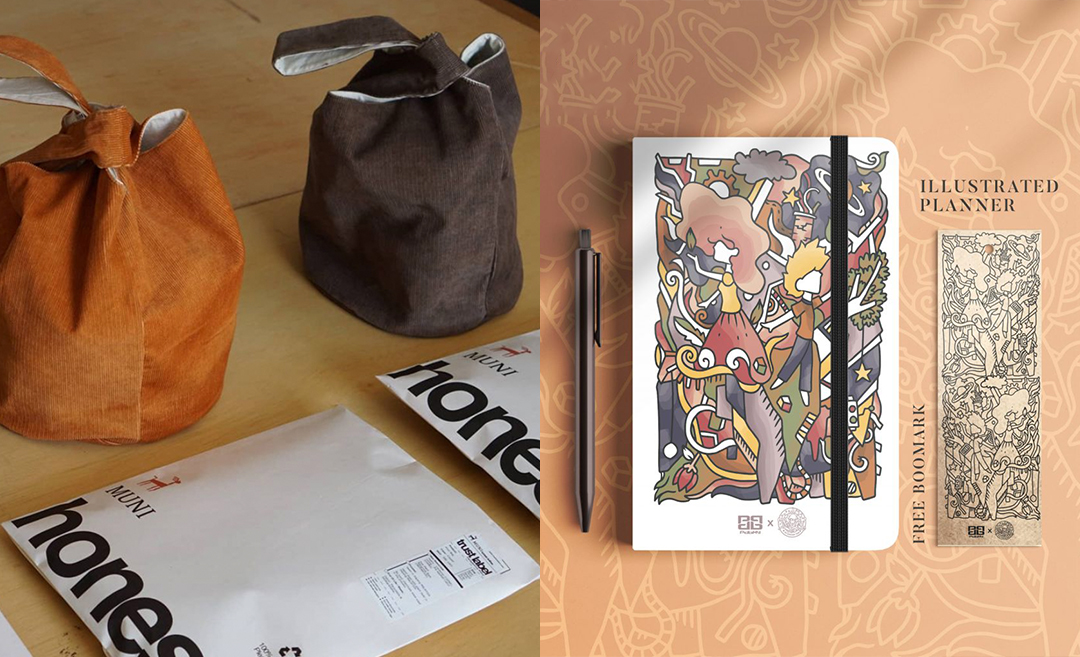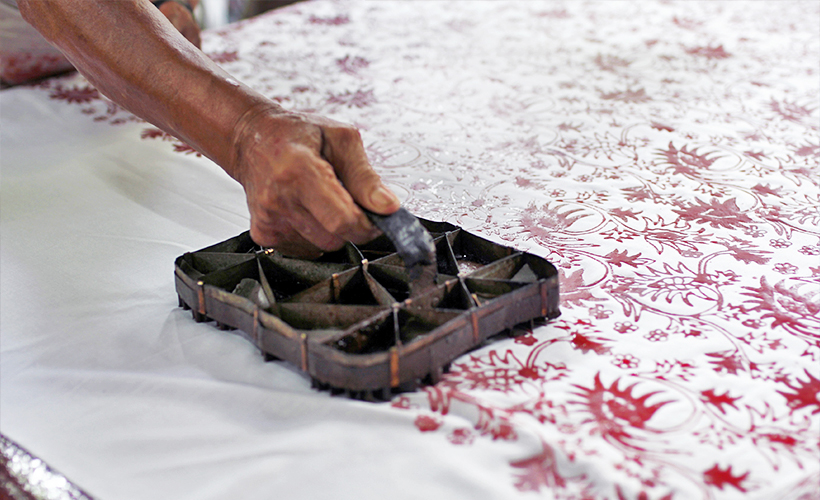
Learn to distinguish between real and fake batik in these three ways lest you fall for a dupe! Yes, it happens. (All photos courtesy of Batik Boutique)
How it’s made
Creating batik is a mean feat. The technique used is called wax-resist dyeing. Wax designs and patterns are applied with an accoutrement known as the canting. So skilled are the artisans that these wax patterns are typically drawn free-hand. Once the patterns are finished, the dye-proof wax helps artisans colour sections, and they do so colour by colour. For every colour used, the cloth is soaked in boiling water to remove the wax. The process is repeated as many times as required should they wish to include more designs and colours. How complex!
So, now that you know how batik is created, support the labour of these artisans and appreciate this art by refraining from buying machine-made batik. If you need help with differentiating between the real deal and a dupe, the good people of Batik Boutique have shared some tips.
Here are three ways to spot the difference:
1. Flip the batik over
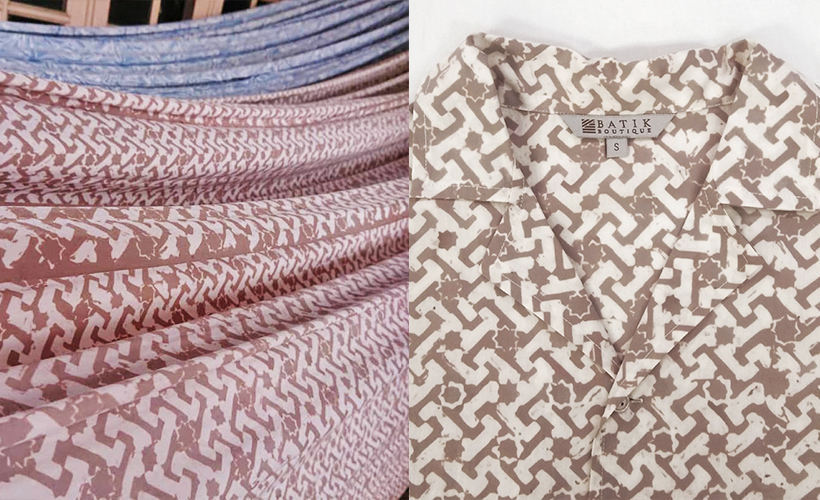 The first (and probably easiest) step to finding out the authenticity of batik is by turning it over. Authentic batik looks similar and equally vibrant on both sides because it’s hand-printed. You can literally wear it whichever way, because nobody will notice that it’s inside out. Remember the canting used to draw on the cloth with wax? Another technique used is by using a batik block to stamp patterns for it to be manually painted. The wax and dyes penetrate the fabric, resulting in the same vibrancy on both sides. In batik dupes, one side will appear more faded than the other.
The first (and probably easiest) step to finding out the authenticity of batik is by turning it over. Authentic batik looks similar and equally vibrant on both sides because it’s hand-printed. You can literally wear it whichever way, because nobody will notice that it’s inside out. Remember the canting used to draw on the cloth with wax? Another technique used is by using a batik block to stamp patterns for it to be manually painted. The wax and dyes penetrate the fabric, resulting in the same vibrancy on both sides. In batik dupes, one side will appear more faded than the other.
2. Find perfection in imperfection
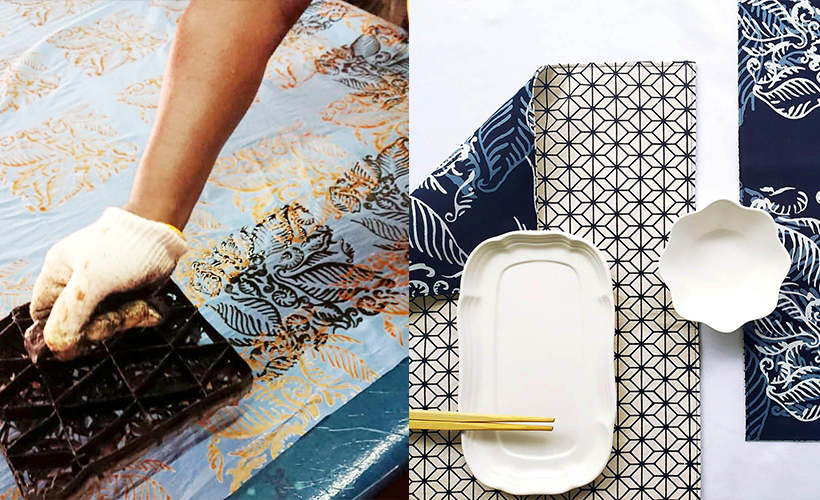 Since real batik is handmade, manually drawn using a free-hand manner, or stamped and then hand-dyed, the patterns won’t come out perfect. Examine the inconsistencies of the batik patterns caused by the changing of wax temperatures, pressure applied to the batik blocks, artists’ precisions, the drying duration, and even the recipe of the dyes. With no such thing as a perfect batik, all authentic batik pieces are highly unlikely to be identical to one another. The real batik you choose to buy is one of a kind and sometimes even museum-worthy. After all, each piece is distinctive and has its own unique story.
Since real batik is handmade, manually drawn using a free-hand manner, or stamped and then hand-dyed, the patterns won’t come out perfect. Examine the inconsistencies of the batik patterns caused by the changing of wax temperatures, pressure applied to the batik blocks, artists’ precisions, the drying duration, and even the recipe of the dyes. With no such thing as a perfect batik, all authentic batik pieces are highly unlikely to be identical to one another. The real batik you choose to buy is one of a kind and sometimes even museum-worthy. After all, each piece is distinctive and has its own unique story.
3. Feel the fabric
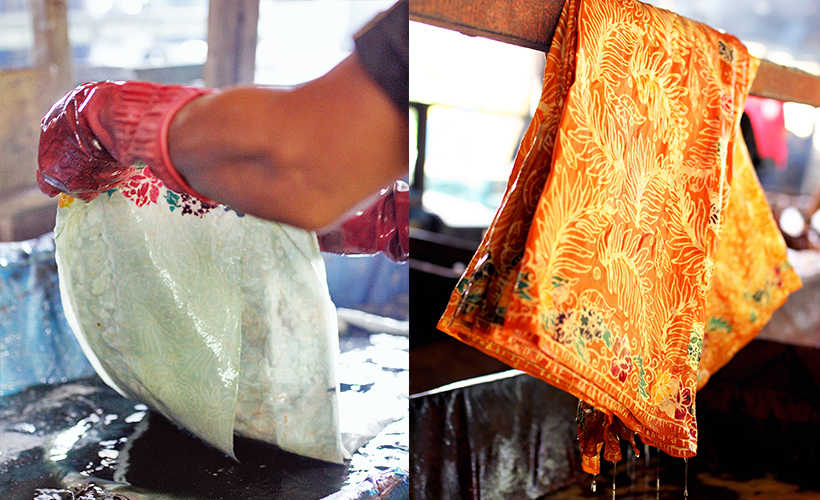 Hand-made batik uses only fibrous textiles such as cotton and linen; vital in creating batik. Natural fabrics are also environmentally friendly as they are derived from raw materials that are white-coloured. The raw materials used are costly, and this contributes to the expensive price tag of a genuine batik piece. That said, the high price tag is felt through the luxuriant and more breathable touch of 100% fibre fabrics as opposed to synthetic ones. Dyes applied on synthetic fibre fabrics oftentimes fall off as they cannot hold the dyes properly.
Hand-made batik uses only fibrous textiles such as cotton and linen; vital in creating batik. Natural fabrics are also environmentally friendly as they are derived from raw materials that are white-coloured. The raw materials used are costly, and this contributes to the expensive price tag of a genuine batik piece. That said, the high price tag is felt through the luxuriant and more breathable touch of 100% fibre fabrics as opposed to synthetic ones. Dyes applied on synthetic fibre fabrics oftentimes fall off as they cannot hold the dyes properly.
Where to shop
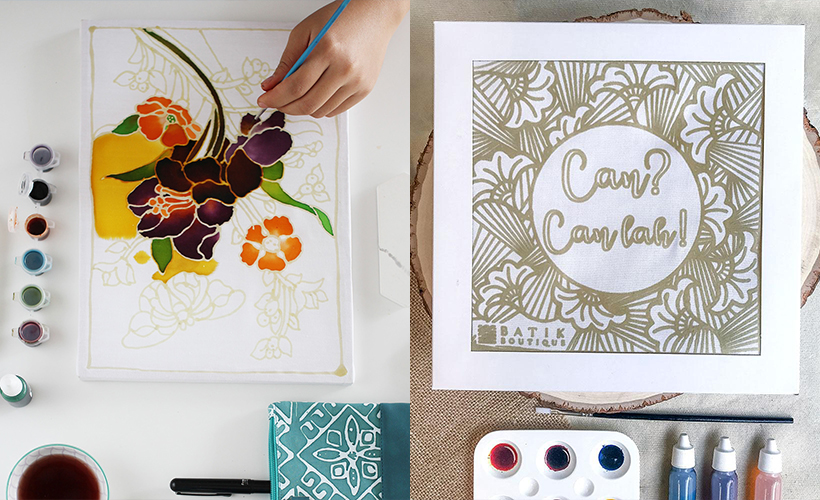 The Batik Boutique supports batik artisans as an online and offline platform offering gifts and apparel made by low-income women. This enterprise opens up job opportunities for women by training or helping them discover their hidden talents making products out of batik. You can even try your hand with a DIY Batik painting kit that you can have fun with at home. Who knows? You may even find it therapeutic.
The Batik Boutique supports batik artisans as an online and offline platform offering gifts and apparel made by low-income women. This enterprise opens up job opportunities for women by training or helping them discover their hidden talents making products out of batik. You can even try your hand with a DIY Batik painting kit that you can have fun with at home. Who knows? You may even find it therapeutic.

